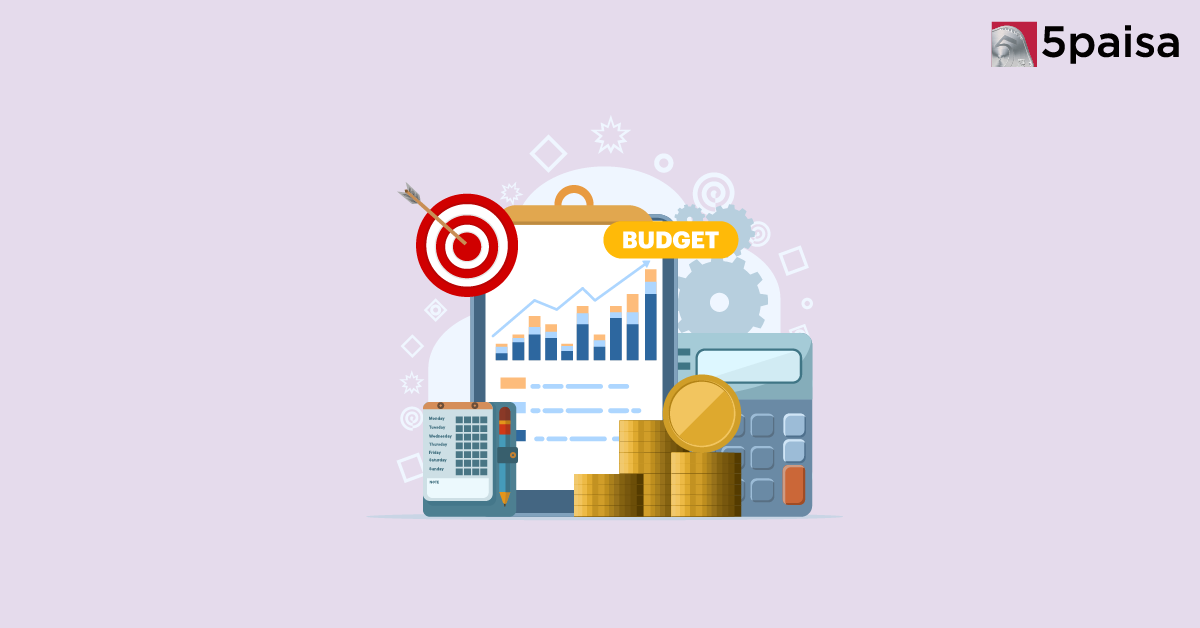iThe current values are delayed, open demat account for live values.
Nifty Pharma
Nifty Pharma Performance
-
Open
22,456.60
-
High
22,484.35
-
Low
22,175.20
-
Prev Close
22,505.40
-
Dividend Yeild
0.69%
-
P/E
32.83
Other Indices
| Indices Name | Price | Price Change (% change) |
|---|---|---|
| India VIX | 11.3725 | 0.05 (0.46%) |
| Nifty 10 Yr Benchmark G-Sec | 2,605.82 | -6.66 (-0.25%) |
| Nifty 10 Yr Benchmark G-Sec (Clean Price) | 886.75 | -2.63 (-0.3%) |
| Nifty 100 | 26,285.3 | 29 (0.11%) |
| Nifty 100 Alpha 30 Index | 17,857.7 | -38.1 (-0.21%) |
Constituent Companies
| Company | Market Cap | Market Price | Volume | Sector |
|---|---|---|---|---|
| Abbott India Ltd | ₹59,026 Cr |
₹27,740
(1.71%)
|
7,931 | Pharmaceuticals |
| Cipla Ltd | ₹1,12,922 Cr |
₹1,397.5
(1.14%)
|
14,24,190 | Pharmaceuticals |
| J B Chemicals & Pharmaceuticals Ltd | ₹29,788 Cr |
₹1,899.5
(0.81%)
|
1,69,862 | Pharmaceuticals |
| Dr Reddys Laboratories Ltd | ₹98,115 Cr |
₹1,175.5
(0.68%)
|
16,47,285 | Pharmaceuticals |
| Lupin Ltd | ₹99,411 Cr |
₹2,177.9
(0.55%)
|
9,80,942 | Pharmaceuticals |
Nifty Pharma
Nifty Pharma index is a stock market index that tracks the performance of the top pharmaceutical companies listed on National Stock Exchange in India. It includes companies involved in the development, manufacturing, and marketing of drugs and healthcare products. Investors use Nifty Pharma index to gauge the health of the pharmaceutical sector and to make investment decisions. A rising index indicates strong performance by these companies while a falling index might signal challenges or weaker performance in the sector. It's a key indicator for those interested in the Indian pharmaceutical industry.
NIFTY Pharma Index was launched on 1 July 2005 and initially included only 10 stocks. Since 30 September 2021, it has expanded to 20 tradable pharmaceutical stocks listed on the exchange. NIFTY Pharma index includes companies involved in biotechnology and pharmaceuticals. It is rebalanced twice a year to reflect changes in the Indian healthcare industry. Managed by NSE Indices Limited formerly India Index Services & Products Limited, the index is overseen by a three tier system Board of Directors, Index Advisory Committee and Index Maintenance Sub Committee. Additionally, there is a variant called NIFTY Pharma Total Returns Index.
What is the Nifty Pharma Index?
NIFTY Pharma Index launched on 1 July 2005 tracks the performance of the pharmaceutical sector in India. Initially comprising 10 stocks, it expanded to 20 tradable stocks from 30 September 2021. NIFTY Pharma index includes companies involved in biotechnology and pharmaceuticals. It started with a base value of 1000 based on 1 January 2001. Managed by NSE Indices Limited, the index is updated semi annually to reflect changes in the healthcare industry. There is also a variant, the NIFTY Pharma Total Returns Index.
How is the Nifty Pharma Index Value Calculated?
Nifty Pharma Index value is calculated using the formula
Index Value = Current Market Capitalization / (Base Market Capitalization * Base Index Value).
This index is updated twice a year with adjustments based on data up to 31 January and 31 July. If there are changes in the companies included in the index these are announced four weeks in advance and take effect on the last trading day of March and September. This process ensures the index accurately reflects the performance of leading pharmaceutical companies in the market.
Nifty Pharma Scrip Selection Criteria
Nifty Pharma Index is made up of 20 pharmaceutical stocks, chosen based on their market value adjusted for how freely their shares are traded. To be included, a stock must meet several criteria:
1. It must be listed on National Stock Exchange.
2. It must be part of Nifty 500 index.
3. If there aren't enough eligible stocks, additional ones are picked from the top 800 stocks based on trading activity and market value from Nifty 500 list.
4. It must be from the pharmaceutical sector.
5. It should have traded at least 90% of the time over the past six months.
6. It must have been listed for at least six months.
7. Ideally, it should be traded on NSE’s Futures & Options segment.
8. Newly listed companies can be included if they meet these criteria for at least three months.
9. No single stock should make up more than 33% of the index and top three stocks combined should not exceed 62% of the index.
How does Nifty Pharma work?
Nifty Pharma is an index on National Stock Exchange that tracks the performance of major pharmaceutical companies in India. It includes top pharma stocks based on market capitalization and liquidity. Nifty Pharma index reflects the overall health of the pharmaceutical sector, showing how well these companies are performing. Investors use it to gauge sector trends, make investment decisions and compare the performance of individual pharma stocks against the broader market. When the index goes up, it means the pharma sector is doing well and vice versa.
What are the Benefits of Investing in the Nifty Pharma?
Investing in Nifty Pharma index offers several benefits. It provides exposure to leading pharmaceutical companies in India allowing you to tap into the growing healthcare sector. Nifty Pharma index includes firms with strong fundamentals and consistent performance. By investing in Nifty Pharma, you gain diversification within the pharma sector reducing the risk associated with individual stocks. Additionally, the pharmaceutical industry usually benefits from increasing healthcare demands and advancements in medical technology, potentially leading to steady returns. This makes Nifty Pharma a promising option for those looking to invest in a crucial and expanding sector.
What is the History of the Nifty Pharma?
NIFTY Pharma index launched on 1 July 2005 with a base value of 1000 from 1 January 2001, tracks major pharmaceutical companies in India. As of September 2024 Nifty Pharma Index current price is 23,256.85. It’s updated twice a year to stay current with the pharmaceutical industry's changes. Managed by NSE Indices Limited, Nifty pharma index has a governance structure that includes a Board of Directors, Advisory Committee and a Maintenance Sub Committee. There's also a variant called NIFTY Pharma Total Returns Index.
Nifty Pharma Chart

More About Nifty Pharma
Nifty Pharma HeatmapFAQs
How To Invest in Nifty Pharma Stocks?
You can invest in the NIFTY Pharma index through various methods:
1. Direct Investment: Use a trading account to buy individual stocks from the NIFTY Pharma index.
2. Exchange Traded Derivatives: Engage in futures and options contracts based on NIFTY Pharma index.
3. Exchange Traded Funds: ETFs aim to replicate the total returns of the NIFTY Pharma index accounting for tracking errors.
4. Index Mutual Funds: Some mutual funds focus on pharmaceutical companies and track the index though they may have high expense ratios.
What are Nifty pharma stocks?
Nifty Pharma stocks are shares of major pharmaceutical companies listed on NIFTY Pharma index. These companies are selected for their role in India's pharma sector, reflecting their impact on the industry's performance and growth. Examples include Sun Pharma, Dr. Reddy's Laboratories and Cipla.
Can you trade shares on Nifty Pharma?
Yes, you can trade shares of companies listed in the Nifty Pharma Index through a Demat account. You can also invest in ETFs or index funds that track the index for broader exposure to the Pharma sector.
In which year was the Nifty Pharma Index launched?
Nifty Pharma Index was launched on 1 July 2005 by NSE Indices Limited to track the performance of India's Pharma sector.
Can we buy Nifty Pharma and sell it tomorrow?
Yes, you can buy Nifty Pharma stocks and sell them the next day, following the BTST (Buy Today, Sell Tomorrow) strategy. This allows you to take advantage of short term price movements without waiting for the usual settlement period.
Latest News

- Jan 16, 2026
India's government is preparing to increase the cap on foreign direct investments from 49% to 74% for military industries which have licenses currently under the automatic route. They are also preparing to eliminate some of the other dissuasive measures for potential investors, exclusively reported by Reuters.

- Jan 16, 2026
INDO SMC Limited's initial public offering (IPO) has demonstrated exceptional investor interest through its third and final day of subscription. The stock price band is set at ₹141-149 per share. The ₹91.95 crore IPO reached 110.28 times by 4:54:05 PM on day three. This indicates exceptional investor interest in this company engaged in the design and manufacture of a diversified range of products catering to electrical, industrial, and infrastructural applications.
Latest Blogs
Vikram Solar Limited is a solar photo-voltaic modules manufacturer specializing in the production of high-efficiency solar PV modules, comprehensive EPC solutions, and operations and maintenance services, incorporated in 2005.
- Jan 21, 2026

As 2026 unfolds, India’s Federal (Union/Central Government) annual budget and broader economic and fiscal policy for FY 2026–27 will be presented by the Union Finance Minister, Nirmala Sitharaman, on Sunday, February 1, 2026. Markets currently expect a strong emphasis on fiscal prudence rather than expansive stimulus, following recent GST recalibrations and last year’s income tax cuts.
- Jan 16, 2026
